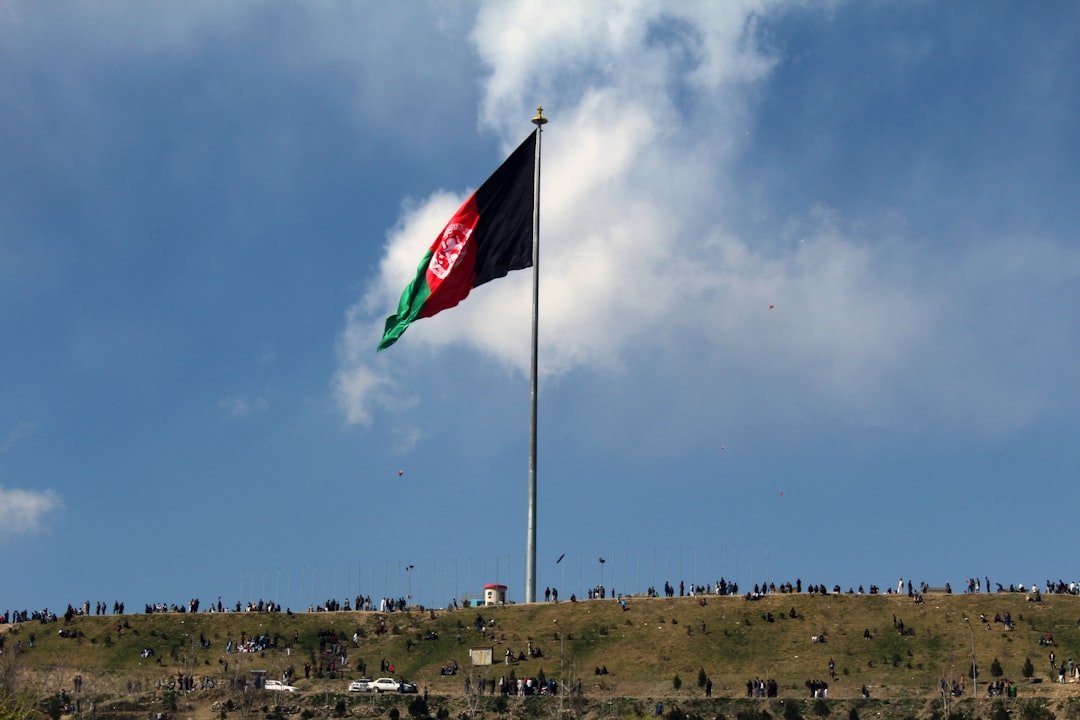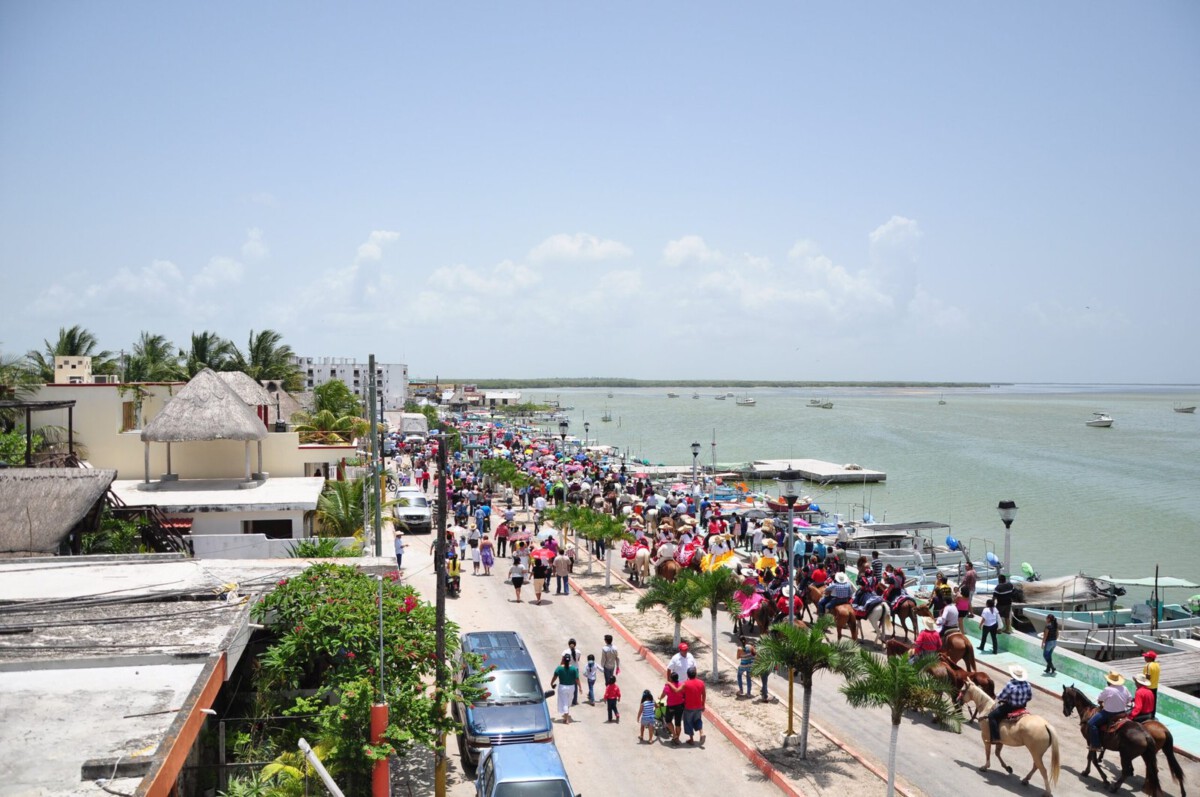Afghanistan

Afghanistan stands out as a destination that tempts the most adventurous travelers, despite being one of the world’s most dangerous places. The U.S. Department of State currently lists Afghanistan under a Level 4 travel advisory, meaning Americans are urged not to visit due to extreme risks. Ongoing conflict, the presence of various militant groups, and the return of the Taliban in 2021 have left the country unstable and unpredictable. Yet, a handful of daring tourists continue to visit, captivated by the breathtaking Hindu Kush mountains and the ancient Buddhas of Bamiyan. These travelers are often seeking unique experiences and are drawn by stories of Afghanistan’s rich civilization. However, the risks of kidnapping, violence, and limited access to emergency services remain high. The allure of seeing untouched history and dramatic landscapes keeps Afghanistan on the radar for some, but the stakes are real and ever-present. Most governments urge citizens to reconsider, and evidence from international news agencies regularly highlights the ongoing dangers.
Syria

Syria’s dramatic ruins and ancient cities once attracted millions of tourists, but years of civil war have transformed the nation into one of the least safe places on earth. The U.S. government strongly advises against all travel to Syria due to continuous armed conflict, terrorism, and a high risk of kidnapping. Despite this, some thrill-seekers and history enthusiasts still find ways in, sometimes entering illegally to witness cities like Aleppo and the legendary Palmyra. Reports from Al Jazeera and other international outlets confirm that these areas, though deeply scarred, hold an eerie beauty that continues to tempt visitors. The reality is harsh, with destroyed infrastructure, ongoing military operations, and a lack of basic services. Humanitarian crises further complicate travel, making access to food, water, and medical care uncertain. The risks far outweigh the rewards for most, but the country’s poignant history still lures a small number of determined tourists. Armed conflict and instability are daily realities, making every journey a dangerous gamble.
Mexico

Mexico’s vibrant culture, stunning beaches, and lively cities make it a top holiday spot, but certain regions are plagued by violence and organized crime. Areas such as Tamaulipas, Guerrero, and parts of Jalisco are infamous for drug cartel activity, kidnappings, and violent crime. The U.S. State Department has issued multiple advisories, warning travelers to avoid certain states due to shootings, robberies, and disappearances. Despite these warnings, millions of tourists continue to visit Mexico every year, drawn to hotspots like Cancun, Mexico City, and the Riviera Maya. The stark contrast between safe, tourist-heavy zones and dangerous regions is striking, with many visitors unaware of nearby risks. Travelers are advised to stick to resort areas, avoid traveling at night, and stay informed about local conditions. The country’s beauty and hospitality are undeniable, but the dangers are just as real for those who stray off the beaten path. News reports regularly highlight incidents that serve as a sobering reminder of the underlying threats.
Venezuela

Venezuela, home to wonders like Angel Falls and the Orinoco Delta, is currently facing one of the world’s worst economic and humanitarian crises. Shortages of food, medicine, and even water are rampant, and violent crime in cities such as Caracas is among the highest globally. The U.S. government has placed Venezuela under a Level 4 advisory, warning of crime, civil unrest, and the risk of arbitrary arrest. Despite this turmoil, a steady stream of adventure travelers are lured by the country’s extraordinary biodiversity and unique landscapes. National parks and the Amazon rainforest offer rare sights, but visitors must navigate a country where even basic services can be unreliable or unavailable. Political protests, roadblocks, and sudden violence can erupt without warning. The risks of theft, assault, or worse are high, especially in urban centers. Tourists must balance their desire for exploration with careful planning and a constant awareness of their surroundings.
Somalia

Somalia’s reputation for piracy and terrorism has made it nearly synonymous with danger, yet a few intrepid travelers still visit. The U.S. State Department warns against travel to Somalia due to the ongoing threat of kidnapping, violence, and little to no government protection. Mogadishu, the capital, has experienced a slight increase in foreign visitors, some drawn by the city’s historic sites and the unique culture of the Horn of Africa. Armed groups, frequent bombings, and a lack of reliable infrastructure make travel here risky in the extreme. Reports from Reuters confirm that violence is unpredictable and can target foreigners specifically. Adventure seekers are often fascinated by the resilience of Somali people and the opportunity to explore untouched beaches and ancient Islamic architecture. However, lack of emergency medical care and limited escape routes add to the danger. Each trip here is a calculated risk, where the thrill of discovery is overshadowed by the ever-present threat of violence.
Central African Republic

The Central African Republic (CAR) is a magnet for those fascinated by rare wildlife and untouched natural beauty, but it is also one of the world’s most volatile countries. The U.S. government has issued a travel advisory due to serious security concerns, including armed conflict, violent crime, and poor infrastructure. Despite the instability, some travelers are drawn to places like Dzanga-Sangha National Park, hoping to see forest elephants and gorillas in their natural habitat. Ongoing clashes between armed groups and the lack of effective law enforcement make travel highly risky. National Geographic and other outlets have reported on the precariousness of visiting even protected areas, where violence can erupt suddenly. Humanitarian needs are great, and access to basic services is limited or non-existent in many regions. Tourists who do venture here often rely on specialized guides and security teams, but even these precautions can’t guarantee safety. The country’s wild allure is undeniable, but so is the constant shadow of danger.
Iraq

Iraq’s ancient ruins and religious sites, including the legendary cities of Babylon and Ur, have long fascinated travelers, but security concerns keep most away. The U.S. State Department warns of the threat of terrorism, kidnapping, and unpredictable violence, especially in regions outside Baghdad and Kurdistan. Nevertheless, a small number of cultural tourists and journalists continue to visit, drawn by Iraq’s role as the cradle of civilization. Recent years have seen a modest rise in tourism, particularly to areas like Erbil, but risks remain high. The New York Times and other international sources have covered the ongoing instability, including attacks on foreigners and local residents alike. Infrastructure recovery is slow, and emergency services are limited, making even minor incidents potentially life-threatening. The contrast between Iraq’s historical treasures and the hazards of travel is stark. Those who venture here need to stay constantly alert and connected to reliable local contacts.
Haiti

Haiti’s natural beauty and colorful culture have always tempted travelers, yet decades of political instability and frequent natural disasters have made it a risky destination. The U.S. government warns of serious threats including crime, civil unrest, and the possibility of kidnapping, particularly in Port-au-Prince and surrounding areas. Still, some visitors are captivated by Haiti’s vibrant art, music, and resilient spirit, venturing to beaches and historic sites. NPR and other sources note that the country’s infrastructure is weak, and medical facilities are often inadequate in emergencies. Protests and roadblocks can appear without warning, making movement unpredictable and sometimes dangerous. Adventurous tourists who visit often prepare extensively, relying on local contacts and staying updated on current events. The risks of theft, assault, or worse are genuine, making every journey a calculated risk. Despite these dangers, the country’s magnetic energy continues to draw the curious and brave.
Democratic Republic of the Congo

The Democratic Republic of the Congo (DRC) is a land of breathtaking rainforests, volcanoes, and rare wildlife, but it is also marked by ongoing violence and political turmoil. The U.S. government warns against travel to many parts of the DRC, citing armed conflict, kidnapping, and disease outbreaks. Tourists are especially drawn to Virunga National Park for gorilla trekking, but even park rangers face regular attacks, as reported by BBC News. The contrast between the country’s natural wonders and its security challenges is dramatic. Infrastructure is basic at best, and access to emergency services is often limited. Rebel groups and criminal gangs operate in many regions, targeting both locals and foreigners. Travelers must constantly assess risks, and many rely on experienced local guides for safety. The draw of adventure is strong, but it is matched by the potential for sudden and serious danger.
South Sudan

South Sudan, the world’s youngest nation, offers incredible cultural diversity and untouched landscapes, but it is plagued by ongoing conflict and humanitarian crises. The U.S. Department of State has issued a Level 4 advisory, warning that all travel to South Sudan is extremely dangerous due to violence, crime, and unpredictable political instability. Adventurous travelers are sometimes lured by the chance to witness a nation in its infancy and to interact with tribes whose traditions are little known outside Africa. Al Jazeera and other outlets report that clashes between armed groups are common, and humanitarian conditions are dire. Access to healthcare, clean water, and secure transport is often unreliable or unavailable. Despite these challenges, the desire to experience something truly unique keeps a handful of tourists coming. The risks of abduction, injury, or worse are significant, making every visit a test of both courage and caution. The reality of danger is never far away, no matter how compelling the opportunity for exploration.



